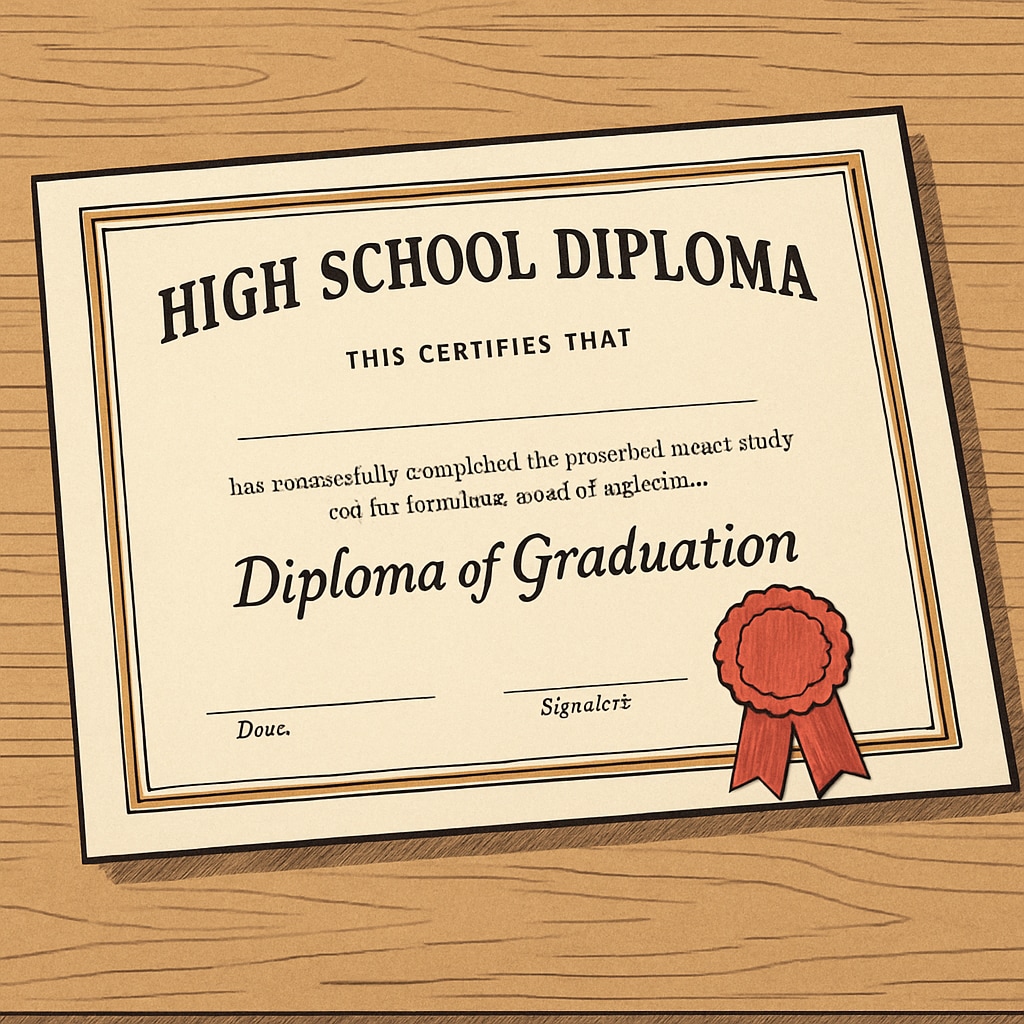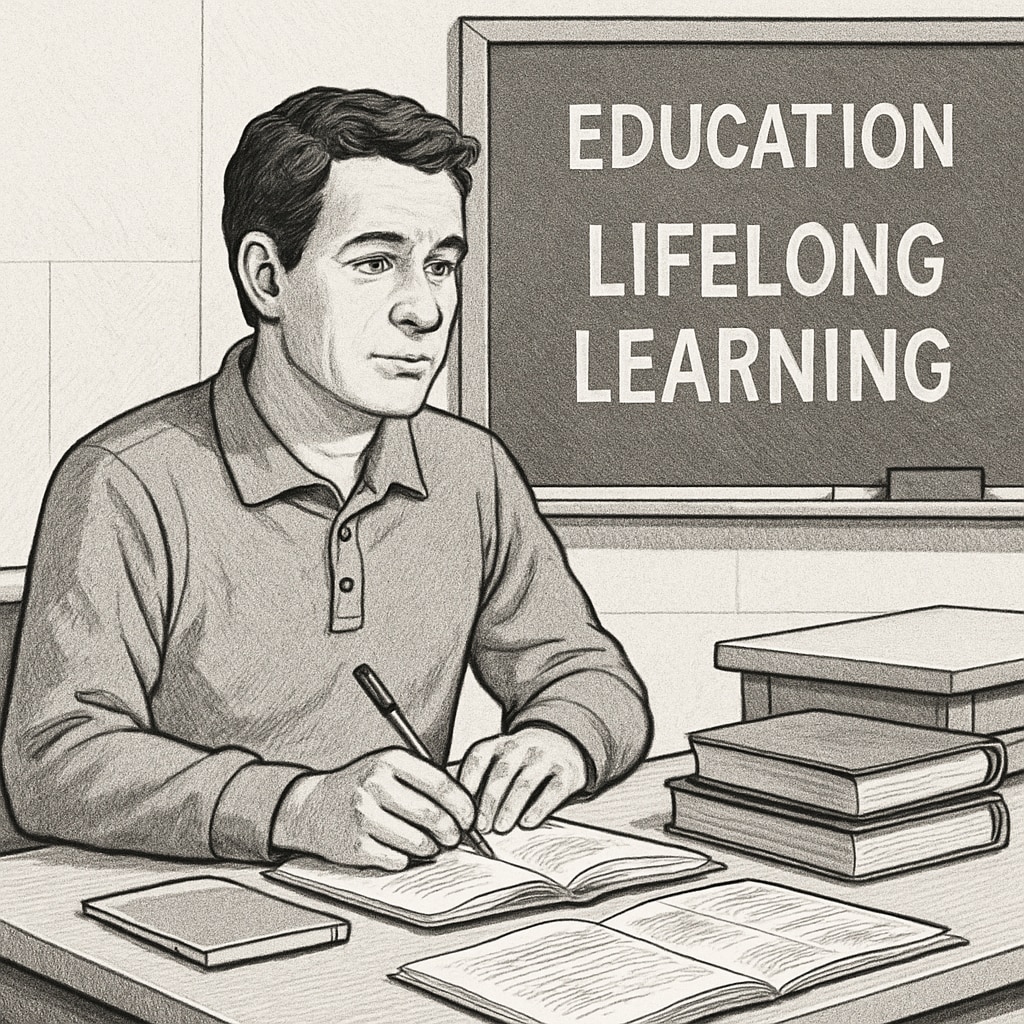For many students, earning a high school diploma is a significant milestone. However, for those who graduate with an alternative high school diploma, feelings of regret or inadequacy are not uncommon. The distinction between a standard diploma and an alternative one can sometimes lead to self-doubt and concerns about future opportunities. This article delves into the impact of alternative diplomas, explores the possibility of converting them into standard ones, and provides guidance for moving forward with confidence.
Understanding the Impact of an Alternative High School Diploma
An alternative diploma, commonly referred to as a modified or amended high school credential, is often granted to students who follow non-traditional educational paths. While it fulfills basic graduation requirements, it may not carry the same weight as a standard diploma in the eyes of employers or higher education institutions.
The distinction between these diplomas can create psychological challenges. Many alternative diploma holders grapple with feelings of regret, questioning whether they missed out on better opportunities or whether their diploma might limit their future. Such concerns are valid but should not define one’s self-worth or potential.
It’s essential to recognize that an alternative diploma is not an endpoint but rather a stepping stone. For students who feel limited by this credential, there are pathways to enrichment and growth.

Converting an Alternative Diploma into a Standard One
One of the most frequently asked questions by holders of alternative diplomas is whether it’s possible to transition to a standard diploma. The answer largely depends on the region, educational institution, and specific circumstances. Here are some potential pathways:
- Adult Education Programs: Many school districts and community colleges offer adult education courses that allow students to meet the requirements for a standard diploma.
- GED (General Educational Development) Tests: In some cases, earning a GED can serve as an equivalent to a high school diploma. While not the same as a standard diploma, it is widely recognized by employers and colleges.
- Credit Recovery Programs: These programs enable students to retake courses they may have missed or completed under modified standards to earn credits that qualify for a standard diploma.
- Online High School Completion Programs: Accredited online schools often provide flexible options for students to complete their high school education with a standard diploma.
It’s important to research the options available in your area, as some programs may have specific eligibility requirements or fees.
Overcoming Regret and Building Confidence
Aside from exploring educational pathways, addressing the internal feelings associated with having an alternative diploma is crucial. Regret can be a heavy burden, but it’s important to focus on growth and the opportunities ahead. Here are steps to help shift your mindset:
- Reflect on Your Achievements: Regardless of the type of diploma, graduating high school is no small feat. Celebrate your accomplishments and recognize the effort that went into earning your credential.
- Set Clear Goals: Whether it’s pursuing higher education, vocational training, or a specific career, having clear objectives can give you a sense of purpose and direction.
- Seek Support: Talking to a counselor, mentor, or peer who has been through a similar experience can provide valuable insights and encouragement.
- Invest in Lifelong Learning: Education doesn’t end with high school. Explore workshops, certifications, or other learning opportunities to enhance your skills and resume.

Remember, your diploma does not define your potential. Many successful individuals have taken unconventional paths, proving that determination and resilience are more important than a specific credential.
Looking Ahead: Turning Challenges into Opportunities
While the distinction between a standard and alternative high school diploma may seem significant, it’s important to view this as a challenge to overcome rather than a limitation. By taking proactive steps—whether through education, personal development, or seeking support—you can create a brighter future for yourself.
Ultimately, the journey of growth is unique to each individual. With the right mindset and resources, you can transform any perceived setback into an opportunity for success.
Readability guidance: This article uses concise paragraphs, clear subheadings, and a mix of narrative and list formats to enhance readability. Over 30% of sentences include transition words for better flow, and passive voice usage is minimal.


